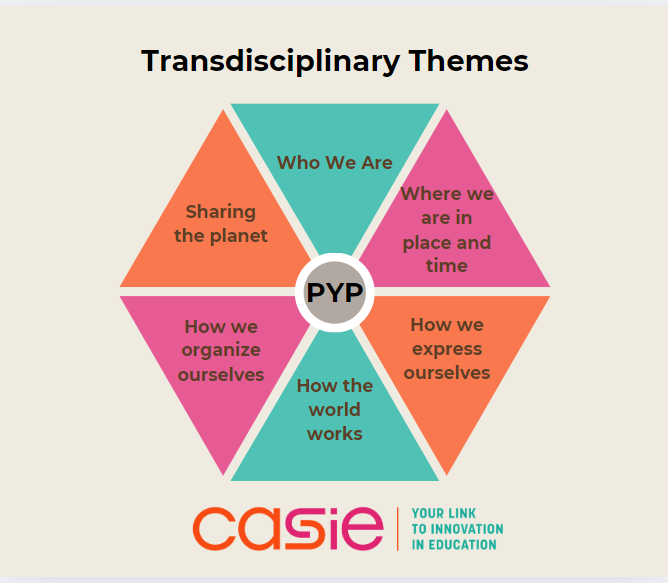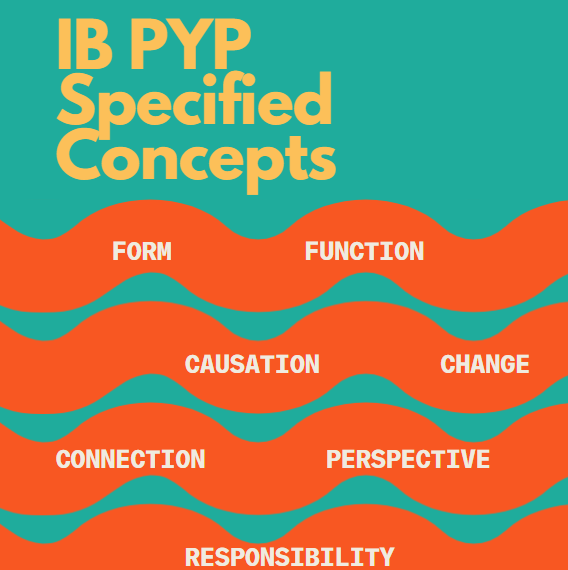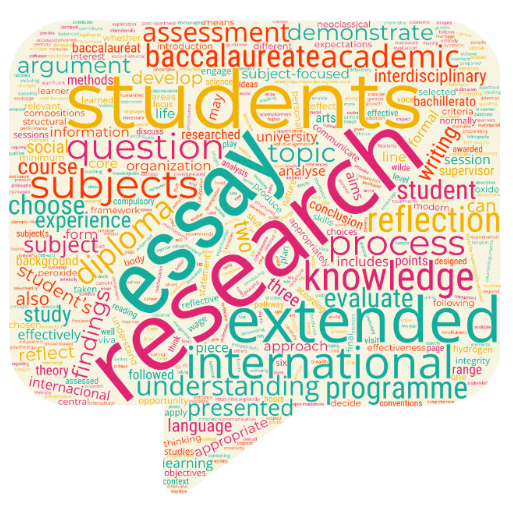Updated: Sep 12, 2022
“A classroom full of empathetic kids simply runs more smoothly than one filled with even the happiest group of self-serving children. ” — Jessica Lahey
The What?
The second element of the Australian Curriculum model for integrating intercultural understanding into the school is interacting and empathizing. In thinking about what we might do to use this element to increase intercultural understanding among the school community, we can look at three main actions along with some supporting actions. Planning teaching and learning, igniting curiosities, and developing the dispositions that set the stage for interacting with and showing empathy towards other cultures are the three we will consider.

So What?
So, what would make us choose empathy as a disposition that we purposefully teach in schools? Daniel Pink says, “Empathy is about standing in someone else’s shoes, feeling with his or her heart, seeing with his or her eyes. Not only is empathy hard to outsource and automate, but it makes the world a better place.” In the immediate, empathetic students would make our school a better place. Broadly, empathetic students would help make a better world.
Now What?
What could we do to develop empathy in our learners? Brene Brown states, “Empathy has no script. There is no right way or wrong way to do it. It’s simply listening, holding space, withholding judgment, emotionally connecting and communicating that incredibly healing message of ‘You’re not alone.’” If schools elect to engage in culturally relevant teaching, empathy is a key. Collaboratively developing a plan for weaving this teaching into the fabric of the school life is beneficial. One way that this might be accomplished is through individual unit plans and/or school-wide unit plans to provide learning experiences. These plans would draw students into the emotional stories of another person or people. Resources like the UN’s Sustainable Development Goals can serve as a springboard to get students thinking about learning about how we are interconnected with people here and far. It allows for focusing on global commonalities and opens the door to meaningful cultural exchange within the context of subject area content. Projects, games, and presentations centered around diverse cultures and incorporated into the standards or requirements for curriculum taught would lend interests and meaning to those learning experiences.
The desire to interact and empathize with other cultures would greatly be supported by using inquiry approaches to teaching to ignite curiosities in students. Designing units with global contexts would bring in questions that expand the curriculum to diverse cultures and highlight humanity’s interconnectedness. Educators could use books, artifacts, articles, images, speakers, the arts, sports, festivals, field trips, and events to spark students to wonder about various cultures. By thoughtfully choosing resources that celebrate and show respect for many cultures, students can be guided to imagine what it is like to be in those characters’ or people’s shoes. Once students’ questions are gathered, various technologies could assist students in connecting to organizations, initiatives, and other students in authentic ways to find the answers to their questions.
Specific dispositions are needed in order for students to want to interact and empathize with other cultures. When designing learning experiences or units, target dispositions can be nurtured alongside the subject knowledge, concepts, or topics. If students are to want to interact with others, they must be open-minded and communicators as listeners, speakers, and perhaps multilingual. To show empathy requires one to be caring and reflective. Both acts would involve being a risk-taker. We can model and think aloud to teach respect for and interest in other cultures and languages, and present opportunities for learners to share their inquiries, knowledge, appreciation, and perspectives with people of diverse cultures.
Hopefully along such an intercultural understanding journey, students will find meaning in these words from an unknown author, “The beauty of the world lies in the diversity of its people,” and empathetically seek to interact with other cultures.
Interacting and empathizing with others
-
Reinforce dispositions and actions that show cultural respect
-
Student questions about things they are curious about in relationship to different cultures
-
Plan for learning engagements that encourage and allow students to delve into local, national, and global issues for a sustained period (e.g. SDG’s)
-
Initiate opportunities for students to share their backgrounds, knowledge, conceptual understandings, perspectives, and inquiries with people that have different cultural experiences
-
Resources: Use books, artifacts, documents, articles, and speakers as gateways that allow
-
Excursions, arts, sports, cultural festivals and events as opportunities to introduce and interact with others
-
Model and think aloud empathizing
-
Create a school-wide unit plan
-
Engage in culturally relevant teaching
-
Show appreciation for cultural diversity
-
Demonstrate respect for other languages
Author
-

Jill is the CASIE Director of Education. She has a Master’s degree in Educational Leadership from Clark Atlanta University and a Bachelor’s degree in Education from The Ohio State University. Her past work experience includes serving as a teacher, IB coordinator, assistant principal, associate principal, 12 years as a principal with the last 7 leading an IB World School, Executive Director of Academic Programs including all four IB Programmes, head of of Curriculum and Assessment for Marietta City Schools, and an IB Educator Network programme leader. She enjoys learning, reading, walking, spending time with her husband, daughter, son, daughter-in-law, and friends.
View all posts







